 Gerhard Deiters
Gerhard Deiters Gaëlle Bailly Salines
Gaëlle Bailly Salines David Coleman
David Coleman Daron Gifford
Daron Gifford Dr Patrick Ayad
Dr Patrick Ayad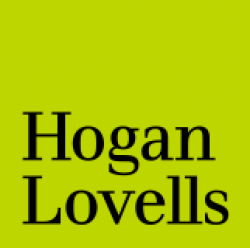 Charlotte Le Roux
Charlotte Le Roux Wolf-Dieter Hoppe
Wolf-Dieter Hoppe Jaime Moreno
Jaime Moreno Doris Wiederwald
Doris Wiederwald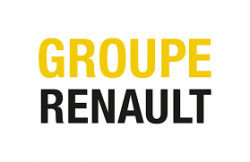 Patrizia Ilda Valentini
Patrizia Ilda Valentini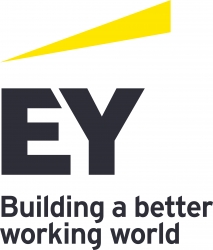 Christian Hainz
Christian Hainz Olivier Reppert
Olivier Reppert Jürgen Schlaht
Jürgen Schlaht Jason Tutrone
Jason Tutrone Jürgen Schlaht
Jürgen Schlaht Doris Wiederwald
Doris Wiederwald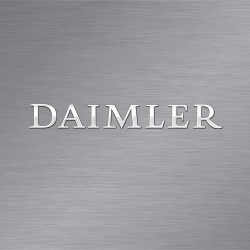 Rahima Yakoob
Rahima Yakoob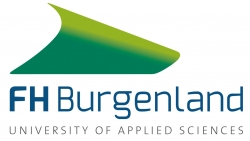 Adrian S Frey
Adrian S Frey Wouter Haspeslagh
Wouter Haspeslagh Gerhard Deiters
Gerhard Deiters Vanessa Miller
Vanessa Miller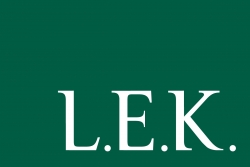 Ashish Khanna
Ashish Khanna Boris Galonske
Boris Galonske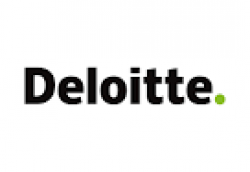 Thomas Pottebaum
Thomas Pottebaum Jason Tutrone
Jason Tutrone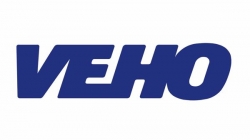 Patrick Holm
Patrick Holm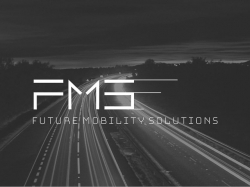 Markus Derer
Markus Derer Rahima Yakoob
Rahima Yakoob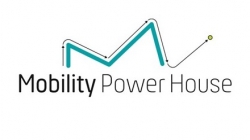 Stefan Mueller
Stefan Mueller Adrian S Frey
Adrian S Frey